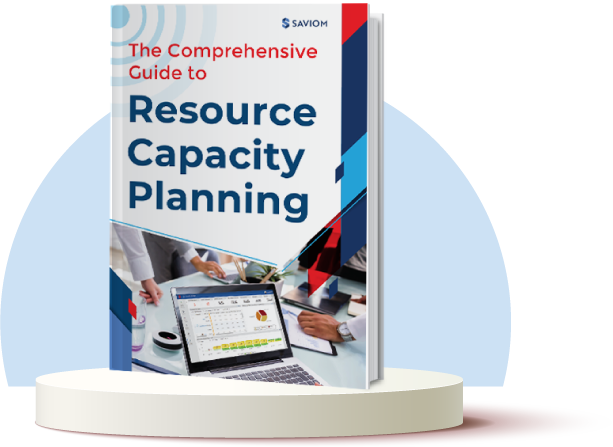The resource pool is an organisation’s biggest overhead. But, if run well, a highly skilled and well-adjusted workforce becomes every organisation’s biggest asset. Stumbling block businesses face today is the lack of visibility and consequent clarity on their workforce.
The experience of making informed decisions would be greatly enhanced by knowing the resource types in the project whose skills set could benefit your business. As the resource pool expands, it becomes harder to oversee and control all business continuity activities. In this article, we dive right into the diverse mix of full-time and contingent employees sprouting across the business landscape.
Types of Project Resources
When talking about the resource pool, every kind of contract needs to be accounted for in order to have total visibility and utilisation of commitment levels. In order to remain change responsive and cost-efficient, businesses need to know their workforce options. The planning process has to include current and future needs in order to create schedules conforming to forecasted requirements.

Full-time Employees
Project resources working full-time are handed permanent contracts that can be ended before voluntary retirement by giving notice. They work a minimum number of hours and are typically offered benefits like paid leave, stock options and healthcare.
The security associated with permanence guarantees loyalty in the long run when the resource feels his/her knowledge is being put to the test. Full-timers can also lend their expertise to various projects and commit to training new recruits should the opportunity to do so arise. Moreover, their productivity and contribution to meeting business objectives are higher due to their participation in many or all of the initiatives set out.
Full-timers’ heavy involvement in several projects familiarises them with the internal workings of the business. This lets them process information on newer projects in the pipeline at a quicker pace. It also helps foster better business relationships and spread the word of the company’s activities. This can expand clientele and generate more revenue when clients feel more at ease having their concerns answered by a familiar face. Full-timers help build the reputation of the organisation they work for by their dedicated efforts which helps businesses stay current in a competitive climate.
Part-time Employees
A contingent workforce comprises of people with different work schedules, who bring in a mixed bag of skills. The advantage of moving towards diversity and inclusivity is that there is always an added cover at short notice in case your full-timers leave midway or are making use of their holiday, parental or medical leaves.
The flexibility to negotiate work schedules attracts a wider demographic compromising of individuals with the experience and highly sought after skills set who wish to explore roles without the commitment. Whilst they cannot avail usual benefits presented to full-timers, part-timers can work on projects at their own pace without compromising on quality. They can shoulder heavier tasks spaced out more evenly across the working week enabling workloads between staff to balance out. This boosts employee morale by preventing resource burnouts arising from stress and fatigue.
Freelancers
Freelancing is the term used to describe self-employed individuals who undertake work independently for themselves and are contracted for a certain timeframe This lifestyle is more suited to those wishing to negotiate better flexibility to their working pattern.
Workers are expected to schedule their workload and set hourly or daily rates which are reviewed by the employer wishing to hire them. Their contract effectively ends on the date the work is delivered. They’re free to take up multiple projects in different sectors simultaneously and deliver work based on their personal schedule. As they are free to choose which project to take up, employers are not obliged to provide any other perks. In many cases where full-time personnel need not be retained for all hours of a work week, it is a cost-cutting measure to employ freelancers for shorter periods of time.


Contractors
Contractors are much like freelancers except that they are expected to commit to a particular project which contains a definite start and end date. They are often brought in to fill a temporary skills gap or to lend their expertise on a specific project. Contractors cost less to the company in terms of billing and training.
While freelancers are more common in the creative fields, engineering, consulting and IT sectors see more contractors.
The diversity of the workforce has resulted in a greater need for resource management software now more than ever. Removing repetitive steps by unifying the resource pool as one unit can help businesses tap into the full range of available sources. Without an internal system in place to monitor and track resources, it would prove impossible to derive actionable insight into resource assignments and optimize their utilisation levels. Mapping each contingent worker’s Full-time Equivalent (FTE) weighting to that of their full-time counterparts would make it easier to schedule resources within a project management outfit.
We’d love to know how we did helping you get acquainted with your resources. Drop us a line to know more about what resource utilisation is all about!








